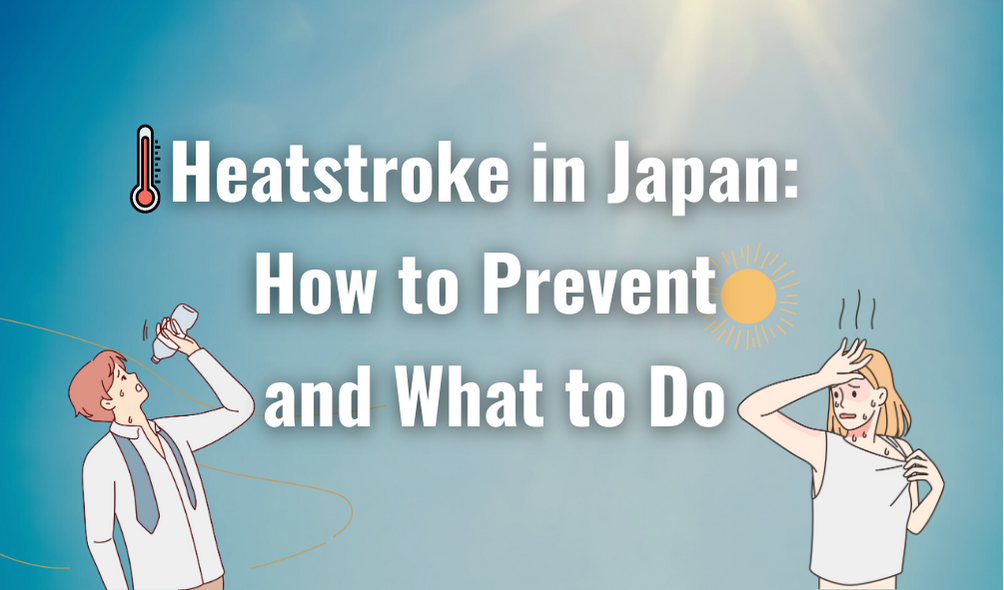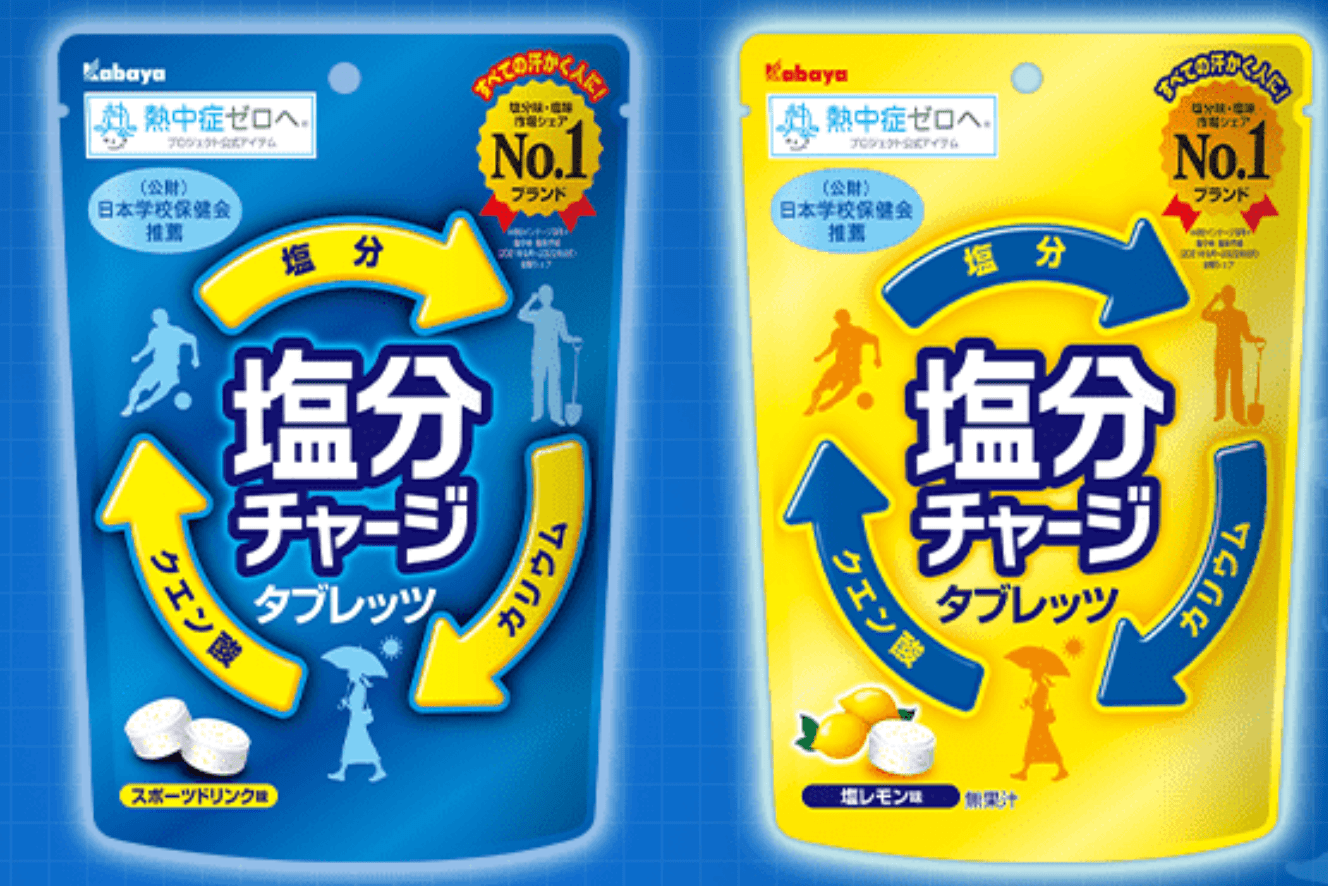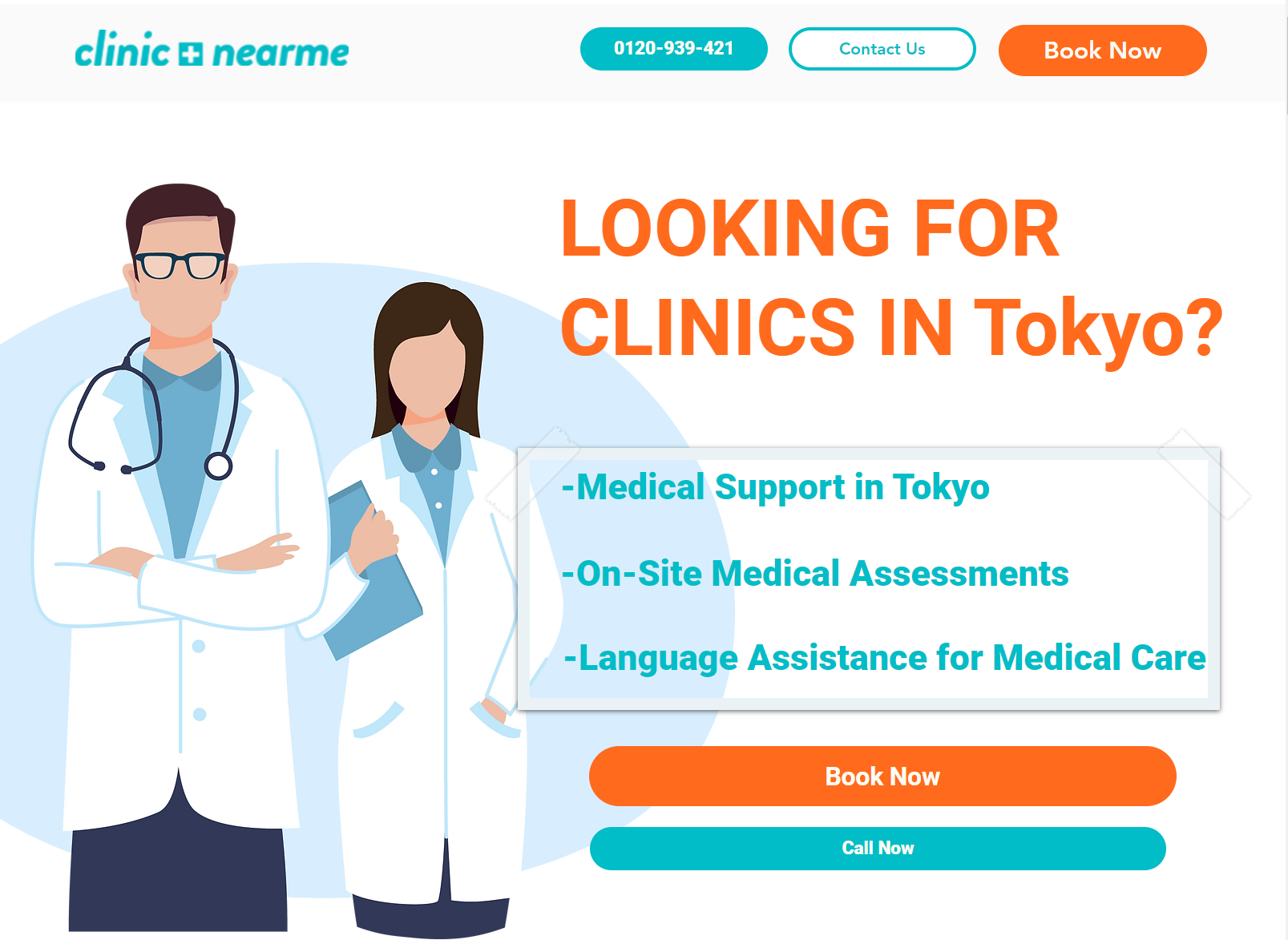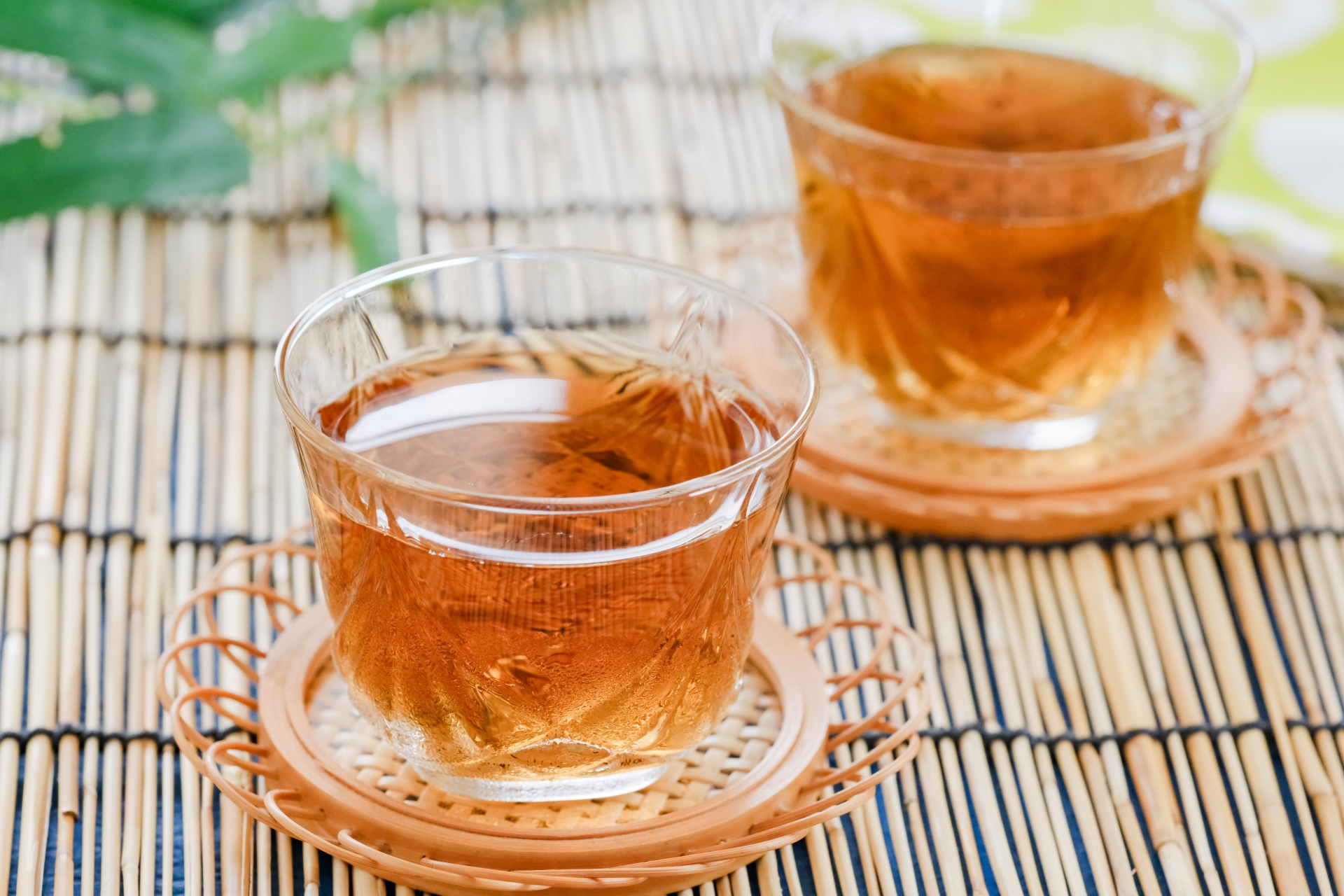Heatstroke in Japan: How to Prevent and What to Do
Learn the symptoms of heat stroke, what to do and how to prevent it from happening

The typical image of summer in Japan that is always sold is festivals, fireworks, delicious food and so on. And indeed, the Japanese summer has many interesting activities to offer. However, it comes with a major drawback: overwhelming heat.
You may be thinking: it’s summer, summer is hot in all countries in the northern hemisphere. And yes, it is true. I myself am from Spain, a country where in July and August temperatures in some cities exceed those in Japan. But the problem with summer in Japan is not the temperature on the thermometer, but the stifling humidity and the wind chill. Even on rainy or typhoon days, when temperatures drop slightly, the humidity sticks to your skin and is suffocating.
We often underestimate heat, but just as a person can die from hypothermia due to excessive cold, excessive high temperatures can lead to heat stroke, which is one of the leading causes of death in summer, especially among older people or those who work outdoors. Children are also very vulnerable.
In our day-to-day lives we don’t usually spend so much time outdoors, but when we travel we want to see things and therefore we tend to be more exposed to the sun and heat, and moving from place to place. So that you can enjoy your trip to Japan safely this summer, in this article I would like to explain how to recognise if you are having a heat stroke, what to do about it and how to prevent it from happening.
*Please note that this article contains affiliate links.
Symptoms of heat stroke
The first thing to do is to recognise the symptoms. If you or the people with you are feeling several of these symptoms (not necessarily all of them), please consider that you may be on the verge of heat stroke and take action.
- Intense thirst and dry mouth
- Excessive sweating and feeling of suffocating heat
- Dry skin
- Exhaustion, tiredness or weakness
- Dizziness, fainting or lightheadedness
- Muscle cramps or aches
When we don’t pay attention to the initial symptoms, they can worsen and you may have:
- Nausea or vomiting
- Headache
- Disorientation, confusion or even fainting
What to do in case of heat stroke?
Taking action quickly is very important and can mean the difference between becoming a serious case or not. One of the first steps is to move the person to a cooler place, such as an air-conditioned room, and provide liquids, preferably if they also contain salts. An effective, homemade solution is water with a tablespoon of salt. At the same time, try to cool the body with wet towels, water, etc. If the person has tight clothing such as around the neck, etc. it’s also best to loosen those parts. In serious cases or for children, consider undressing some parts (e.g. removing the shirt).
If the person doesn’t improve or if you think they need medical assistance, don’t hesitate to call an ambulance or go to a hospital or clinic. In case you need it, heat stroke in Japanese is called “Netsuchusho” (if they don’t understand your pronunciation, show them this kanji 熱中症). If you don’t speak any Japanese and are worried about communicating with the medical staff and doctor, there are a few clinics that are English-speaking.
Clinic Nearme Medical
Our affiliated clinic Clinic Nearme Medical is a new service offered by Clinic Nearme, a Japanese company providing medical support services for foreign residents in Japan and one of the best clinics in Tokyo with multilingual service in English and Chinese at their English call center, available from 08:00 to 23:00.
At their clinic in Marunouchi, near to Tokyo Station, Clinic Nearme Medical offer general internal medicine, surgery and dermatology and pediatric services are also available from Monday to Sunday from 9:00 to 21:00. Walk-ins are allowed.
-About Clinic Nearme Medical
 Access Access |
1 min walk from JR Tokyo Station & Tokyo Metro Marunouchi Line Marunouchi Underground North Exit/ 5 min walk from Tokyo Metro Otemachi Station |
|---|---|
 Address Address |
1 −9−1, Tokyo, Chiyoda City, Marunouchi, 100-0005 B1 JR Tokyo Station |
 Business Hours Business Hours |
09:00-21:00 |
 Telephone Number Telephone Number |
0120-939-421 |
 Language Language |
Japanese, English, Chinese |
 Official Website Official Website |
https://clinicnearme.jp/ |
 Nearest station Nearest station |
JR Tokyo Station |
How to prevent a heat stroke?
Where I come from we say “prevention is better than cure”. As I said, heat stroke can become very serious, so the best thing to do is to take precautions so that it doesn’t happen.
● Hydrate a lot: the first and one of the most important measures is to drink a lot, especially things like water, caffeine-free tea or sports drinks. But make sure it is neither too cold nor too hot. Avoid caffeine, sugary drinks and alcohol as much as possible as they dehydrate you even more. Drinking is something that is repeated a lot and seems very obvious, but some people may forget it, especially if they don’t feel thirsty. Drink even if you don’t feel thirsty. In Japan they are vending machine everywhere, so it’s really easy to get a drink at anymoment.
Tip: In addition to liquid, we also lose a lot of salts. In Japan, they sell a sodium supplement-candies that are very popular in summer. The name is Enbun chaji (塩分チャージ) and looks like this:

● Avoid prolonged exposure to the sun, especially during the hottest hours (between 12:00 and 17:00). Above all, avoid extreme exercise during these hours. When outside, protect yourself with hats/caps, sunglasses and sunscreen.
● Dress in cool, loose-fitting, comfortable clothing. Better if it’s made of cotton or light material and light colours. Yes, I know many of you want a nice picture on Instagram, but it’s not worth risking your health for it. There are plenty of nice, cool clothes out there.
Tip: UNIQLO Japan has a line of clothing called AIRism with a special technology that helps you stay cooler by wicking moisture and heat away from the skin, absorbing and releasing sweat from the body. They are very breathable clothes and highly recommended in summer.
● Refresh your body: you can use wet towels/wipes, water, fans, etc.
Tip: In Japan, convenience stores or places like Don Quijote sell various products that can help you, such as water spray, refreshing wipes or the top seller in summer: portable mini electric fans.
● Avoid heavy meals: they make digestion difficult and raise your body temperature. It’s better to eat light and fresh food.
● Stay in ventilated and cool places (as much as possible)
Note: Please note that you can suffer a heat stroke even if you are indoors and not outdoors if the place isn’t at the right temperature.
What do you think of my list? Did you like it?? Despite the heat, the Japanese summer also has many good things, such as festivals or fireworks as I said, so it’s a good time to come on a trip too. But you have to take care of your health and be careful with the heat. By following these tips, I’m sure it will be much easier for you to get through the summer in Japan!
If you need other tips or recommendations for summer in Japan, check out these articles too ????
▽Related Articles▽
▼Editor’s Picks▼
Written by
From Barcelona to Tokyo. Coffee & Adventure lover????☕️
I started to like Japan because of the anime, music and doramas, but after my first trip to the country I found what I love the most: traveling around, the culture and history. I have travelled a lot in Japan, but I still have many places to discover that I want to share with you????????♀️ Let’s discover Japan together!
Also, as a foreigner living in Japan for over 6 years I understand what kind of things are difficult when you move here and I want to help other people in the same situation that I have in the past.


















